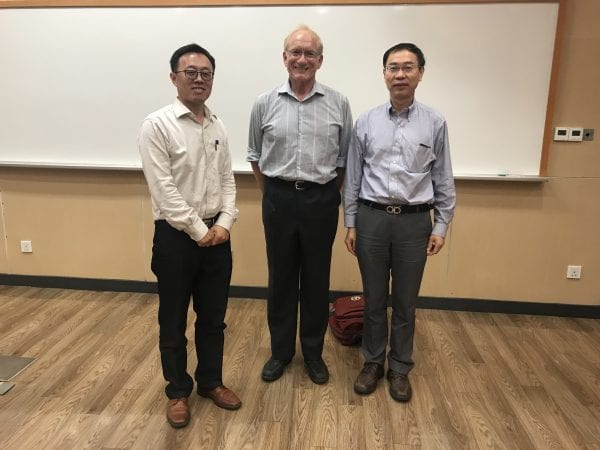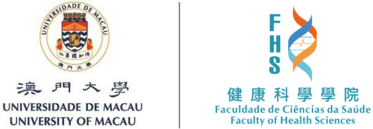
| Talk title | Bacterial cGAS-like enzymes synthesize diverse nucleotide second messengers |
| Speaker | Prof. John MEKALANOS Chair Professor Department of Microbiology and Immunobiology Harvard Medical School |
| Date & Time | 16 November 2018 (Fri) 14:30-15:30 |
| Venue | Room G004, E12 Building (University of Macau) |
| Abstract | Cyclic dinucleotides (CDNs) play central roles in bacterial homeostasis and virulence as nucleotide second messengers. Recently we have used a bacterial reporter system in Vibrio cholerae to understand the activity of human cGAS, the major immune sensor of cytosolic DNA in eukaryotic cells, which synthesizes cyclic-di-GMP-AMP, a CDN that activates STING and the Type I interferon response. This enzyme is a major drug target in autoimmune disease and cancer. Bacterial CDNs also elicit immune responses during infection through pattern recognition receptors such as STING. We wondered if more CDNs exist in nature and accordingly have performed a systematic biochemical screen for bacterial nucleotide second messengers. We discovered a broad family of cGAS / Vibrio cholerae DncV-like nucleotidyltranferases (CD-NTases) that use both purine and pyrimidine nucleotides to synthesize an exceptionally diverse range of CDNs. A series of crystal structures establish CD-NTases as a structurally conserved family and reveal key contacts in the active-site lid that direct purine or pyrimidine selection. CD-NTase products are not restricted to CDNs and also include an unexpected class of cyclic trinucleotide compounds. Biochemical and cellular analysis of novel nucleotide second messengers demonstrate that these signals activate distinct host receptors and thus may modulate the interaction of both pathogenic and commensal microbiota with their animal and plant hosts. |

